13 Classic Cars Are Tricky to Maintain but Worth the Headache
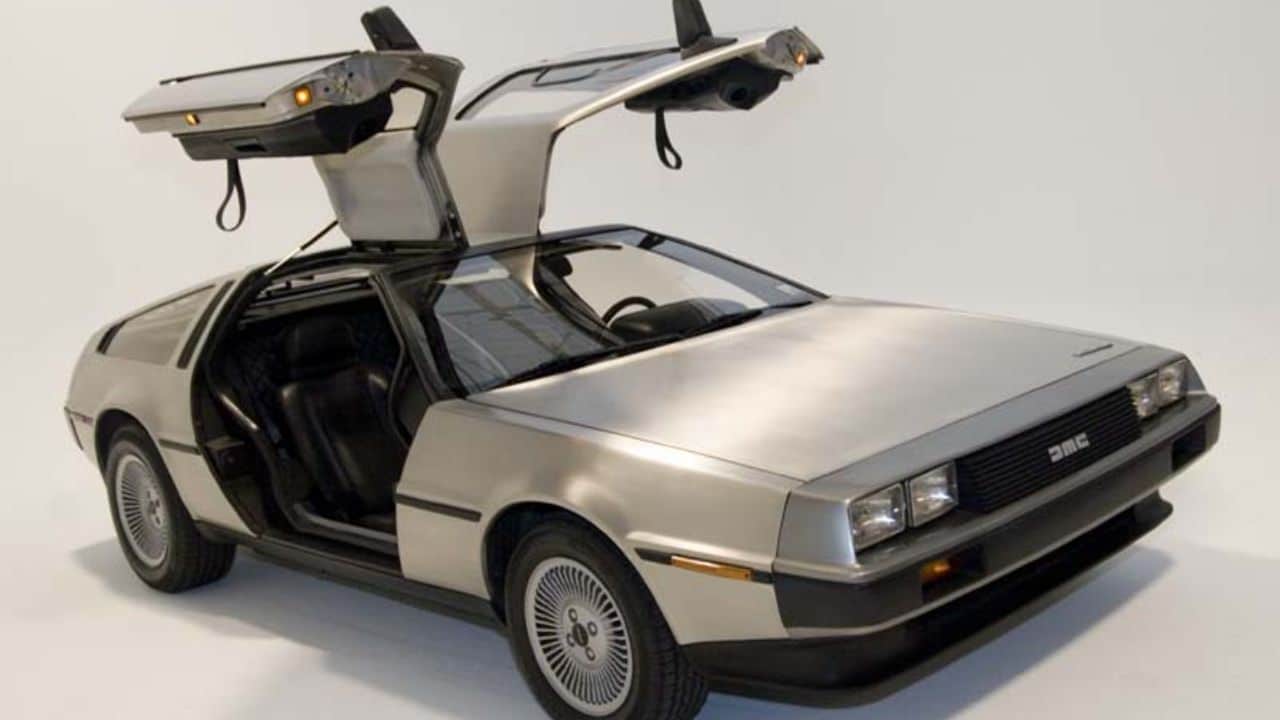
You know that paradoxical feeling of pleasure you get from certain types of pain? Some people who aren’t necessarily gearheads derive that kind of pleasure from troublesome cars. The satisfaction could come from the task of sourcing rare parts or just the experience of dealing with outdated technology.
We can all relate to the physical discomfort of intense exercise, the emotional ache of longing for an old flame, and bittersweet memories of the past. What if you can derive that sort of joy from caring for a hard-to-please classic car? All it takes is finding a model that can give you a sense of fulfillment, something you can connect with at a deep emotional level both painful and pleasurable.
It’s not as dark as it sounds. All of us enthusiasts share the same dream of owning our favorite classic cars, but the reality of maintaining them often proves more challenging and labor-intensive than we imagined. The irony is that the entire ordeal has a way of making us want to do it again, and again. Here are 13 classic cars that are tricky to maintain yet undeniably worth the effort.
1954-1957 Mercedes-Benz 300SL Gullwing

Let’s pretend many of these are lying around waiting for us to come get them. This car is famous for a couple of advanced, intricate mechanical systems that should keep its owners really busy unless they lock it away in some climate-controlled garage like Jay Leno.
It was the first production car to use a direct fuel injection system, which Mercedes-Benz ‘borrowed’ from its wartime aircraft engines. While the straight-six’s unusual 50° orientation requires unique engine mounts and an offset driveshaft, the lowered profile and center of gravity, let alone the smooth 215 hp, are worth every extra effort.
1955-1975 Citroën DS
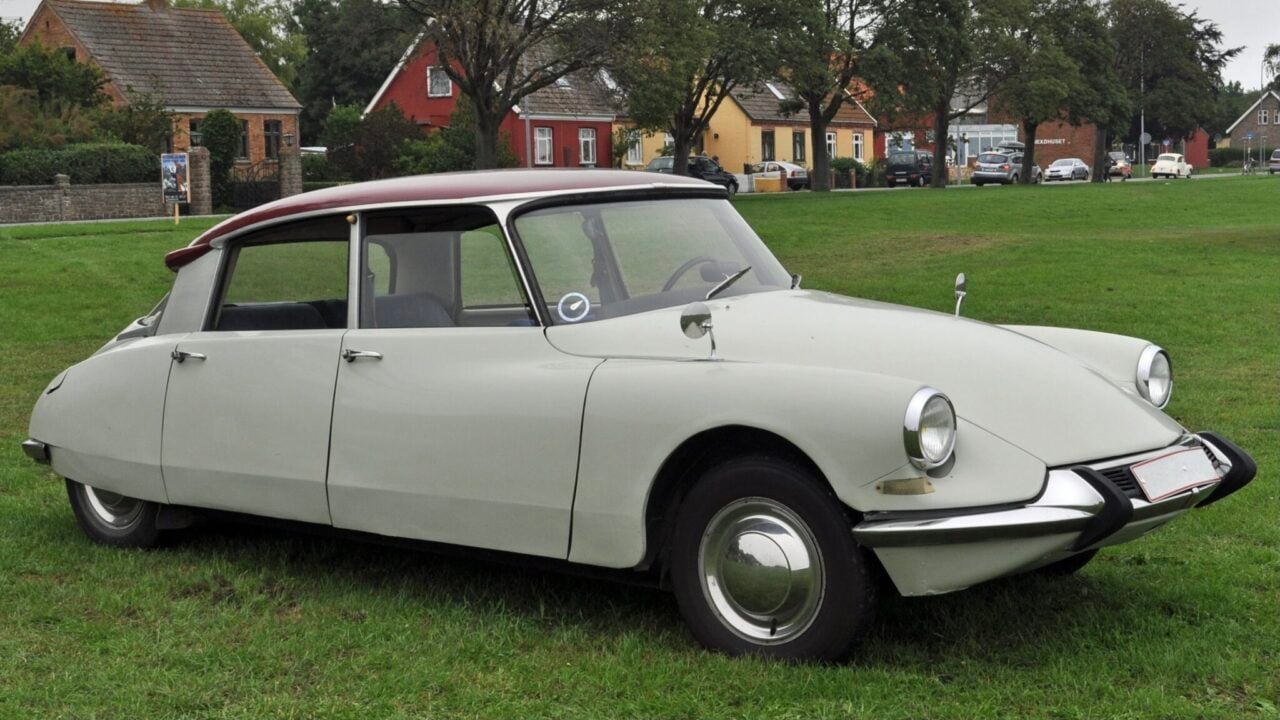
The first thing you’d notice about the classic Citroën DS is its futuristic design, but it was also famous for its advanced hydropneumatic suspension system designed to control the vehicle’s ride height, braking, and steering mechanisms using hydraulic fluid and nitrogen gas. It was a technical marvel you can bite into today.
The system gave the DS self-leveling capabilities, allowing it to maintain a consistent ride height despite payload capacity. The Citroën DS is also a 60-year-old classic car with an innovative single-spoke power steering wheel system, a hydraulic braking system linked to the suspension, and a semi-automatic gearbox called the Citroën DS Pallas.
1961-1975 Jaguar E-Type
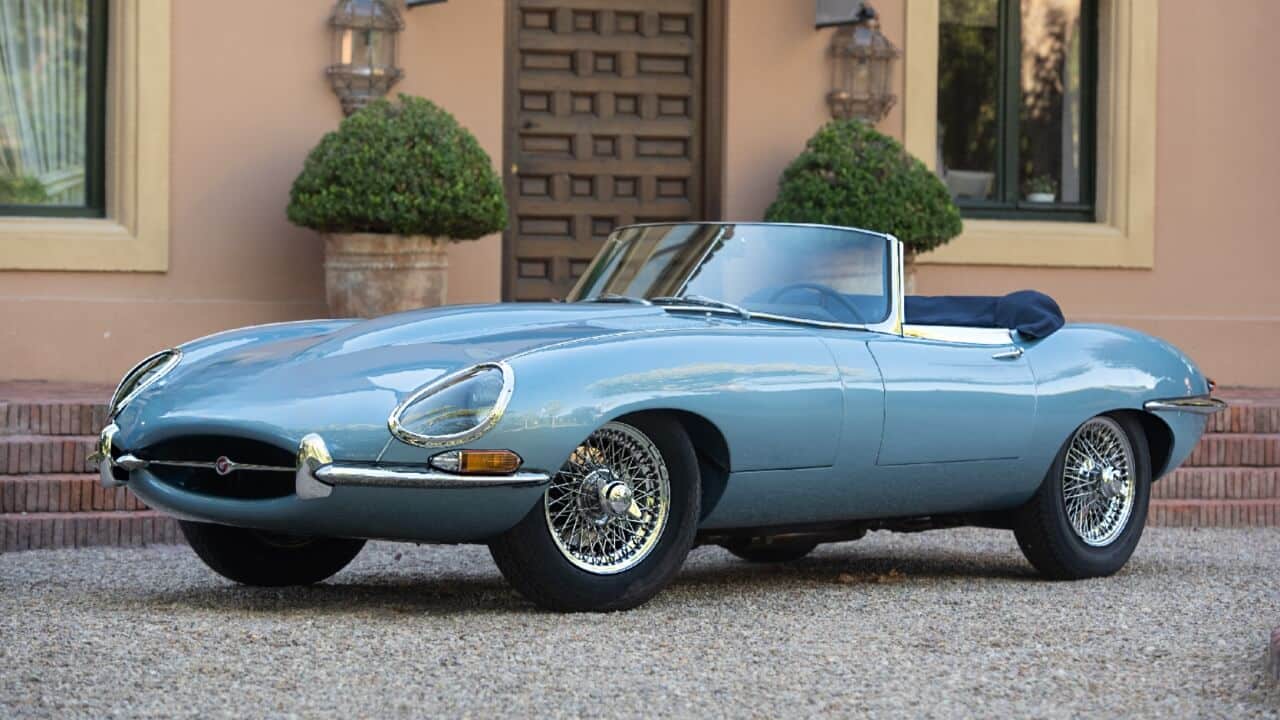
The E-Type (the Jaguar XK-E in the United States) will likely make you a couple hundred thousand dollars poorer just to bring it home with you, but you should also expect to devote extra efforts to keep it whole. After all, this is the car that Enzo Ferrari admitted is the most beautiful car he’d ever seen.
Apparently, a car as aerodynamically beautiful as the E-Type relies on mechanical intricacy to stay ‘pretty’ on the road. Its straight-six and V12 engines sit on an independent rear suspension and torsion bar front suspension. It’s one of the first production cars to leverage independent rear suspension to improve its road manners.
1966-1973 Lamborghini Miura

There aren’t many of them on the market but, believe it or not, you can actually buy the Miura right now, especially if you are prepared to import from overseas. The Miura is the one that inspired the term “supercar” when it was introduced in the mid-1960s thanks to its innovative mid-engine layout and transverse V12 engine.
We don’t pray for something to go wrong, but the Miura’s sophisticated double wishbone suspension system at all four corners can be tricky to get right if it goes wrong. It also featured a transaxle transmission where the V12 is paired with a five-speed manual gearbox at the vehicle’s rear for optimum weight distribution.
1971-1978 Maserati Bora

The Bora is one of the rarest classic cars ever made, with just 564 examples produced between 1971 and 1978. It’s also one of the most complex vintage cars guaranteed to deliver a shot of satisfaction for every stress it causes its owners. It features a mid-mounted V8 engine, complex suspension, and advanced hydraulic systems powering the brakes, steering, clutch, and pop-up headlight.
You’d need specialized knowledge and tools to maintain and repair most of the issues likely to affect this car. With so few produced and the passage of time since its production years, sourcing original, high-quality parts for the Bora, whether via specialized suppliers or custom fabricators, should be worth the headache.
1962-1964 Ferrari 250 GTO

The legendary Ferrari 250 GTO is not one of the world’s most sought-after classic cars because it’s so easy to maintain. This car wrote its name in the sands of time via sheer racing pedigree, thanks, in large part, to its robust V12 engine and sophisticated suspension setup.
The last time one popped up for sale was at the RM Sotheby’s New York auction in November 2023, changing hands for a mouth-watering $51.7 million. The 250 GTO is nothing short of a masterpiece of automotive engineering.
With just 39 units produced, many teachable moments await the owner through the associated relationships with specialized suppliers, vintage car specialists, or even custom fabricators to obtain the necessary components for maintenance and restoration.
1970-1977 Alfa Romeo Montreal

A budget of $65,000 should purchase the Alfa Romeo Montreal, and then you can begin the hopefully exciting process of bringing it into the country.
In all that time, you should be looking forward to getting acquainted with Montreal’s sophisticated quad-cam V8 engine derived from Alfa’s racing program. The engine features a unique Spica mechanical fuel injection system you can trust for bittersweet rewards.
1963-1965 Aston Martin DB5

The Aston Martin DB5 is not nearly as nefarious and tooled as James Bond’s car in Goldfinger, but its straight-six engine and numerous period features, such as power windows and air conditioning, add to the car’s complexity.
Eon Productions chose the DB5 as James Bond’s car in the first place because the 2-door grand tourer was pretty advanced for its time, making repairs and maintenance potentially more challenging compared to more modern vehicles. The good news is that they can still be found in pristine condition, but they don’t come cheap.
1986-1989 Porsche 959
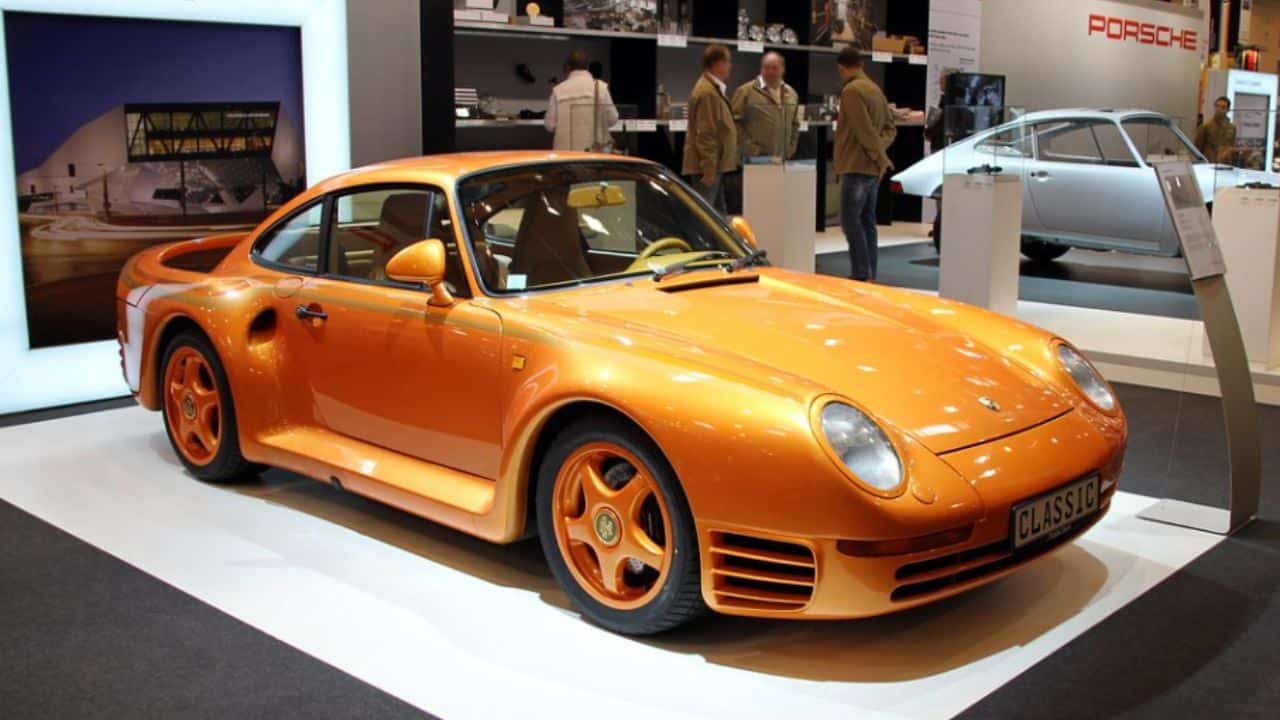
Porsche produced just 292 units of the 959, including the original production run between 1986 and 1989 and the few additional examples produced later on. You can still find them for sale, especially if you look towards Europe, but be prepared for the complexities of maintaining this high-performance sports car aptly described as a technological tour de force for its time.
It benefited from an advanced all-wheel-drive system, a sophisticated suspension setup, and variable torque distribution technology that, though cutting-edge, makes it more challenging to maintain and repair the 959.
1970-1975 Citroën SM

Like the Citroën DS, the classic Citroën SM benefited from the French marque’s signature hydropneumatic suspension along with a Maserati V6 engine, effectively blending French innovation with Italian performance. While this suspension setup improved the car’s ride quality, it is a complex system requiring specialized knowledge.
Additionally, the SM was one of the first production cars to feature the DIRAVI (Direction à rappel asservi, or “power-assisted self-centering steering”) system, designed to adjust steering input relative to vehicle speed. Also, you’re off to a hopefully bittersweet adventure should something happen to the SM’s unique swiveling headlights.
1981-1983 DeLorean DMC-12
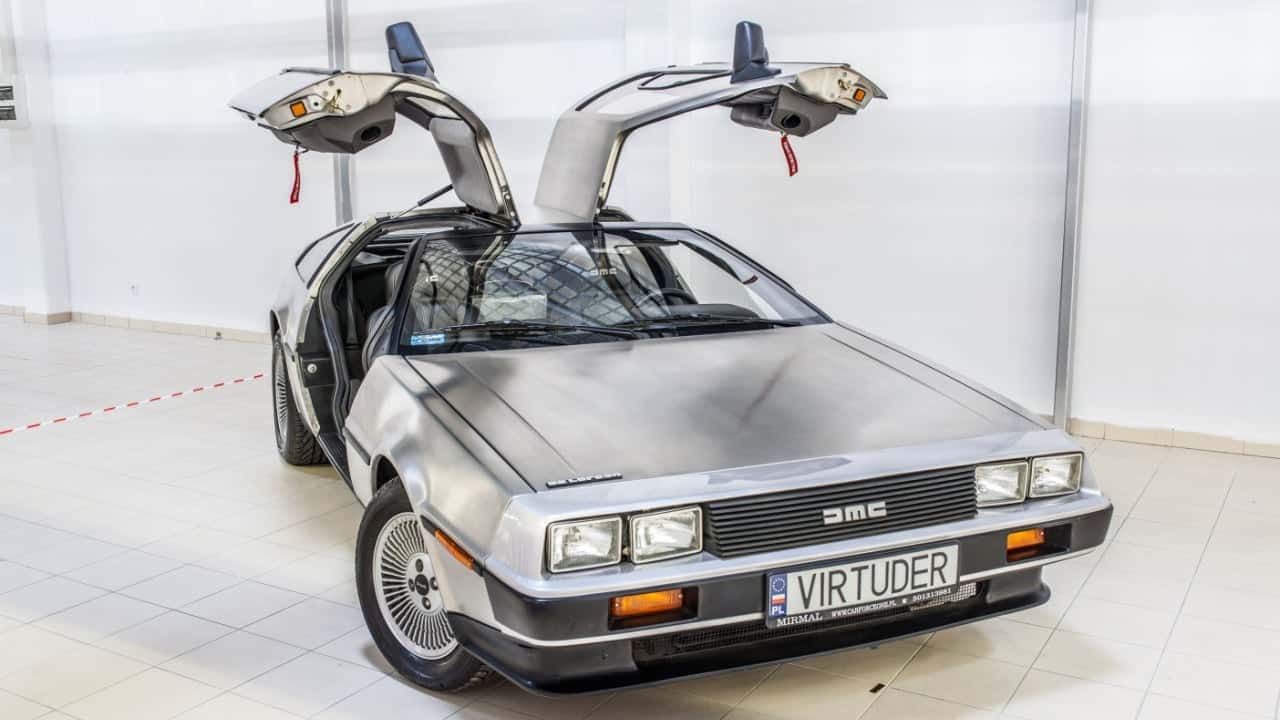
Regardless of the bad rap about this car, the DMC-12 can be a source of pride for its owners. It’s an iconic car that history will never forget, even if remembered for the wrong reasons. It’s not on this list because it’s such a complex car, but you have to consider the peculiar challenges presented by its stainless steel body, heavy gullwing doors, and headache-y PRV V6 engine.
While the PRV is no more complex than the average V6 from the same era, sourcing parts and finding mechanics familiar with this specific Peugeot-Renault-Volvo (PRV) engine can prove challenging.
The DMC-12 suffered reliability issues affecting its cosmetic, mechanical, and electrical components, but people acquainted with the car’s colorful history will be happy to live with the headache.
1978-1981 BMW M1

The M1 is BMW’s first mid-engine sports car, known for its complex Procar racing 3.5-liter inline-six engine, derived from BMW’s M88 racing engine, and advanced suspension setup. With just 453 units of this classic car produced between 1978 and 1981, the original M1 is a high-risk should you need replacement parts.
You’d likely have to approach specialty suppliers or BMW’s classic parts program to source original parts for the M1. The car also boasts a suspension system considered sophisticated for its time, thanks to its coilover shocks and adjustable sway bars.
The car pioneered a digital engine management system and fuel injection in production cars, which can be a little challenging to troubleshoot and fix. The M1’s aluminum body is trickier versus traditional steel panels, and its mid-engine layout can make accessing engine components a bit more tricky – but worth it.
1965-1980 Rolls-Royce Silver Shadow

The world will remember the Silver Shadow for its self-leveling suspension enabled by a complex hydraulic system that also controls the power steering, brakes, and other components. The self-leveling feature, now renowned in high-end BMW models, poses unique troubleshooting and maintenance challenges.
The Silver Shadow also pioneered modern air conditioning systems in production cars as part of its sophisticated electrical system that can be tricky to maintain.





